11
novembre
ore 12.00-14.00
Aula Consiglio |
Giuliana Indelicato
Nanoparticles under the Mathematical Microscope
Several nanoparticles self-assemble
from multiple copies of a limited number of building blocks, viruses being the archetypal
example in biology. A majority of viruses have a highly ordered protein container (the capsid)
that encloses and protects the viral genomic material from the environment. Understanding the structure
of these capsids is fundamental to clarify how viruses work and possibly how they can be defeated
and, to this purpose, a general classification scheme is needed. For viruses, the theory that
identifies the relative pos 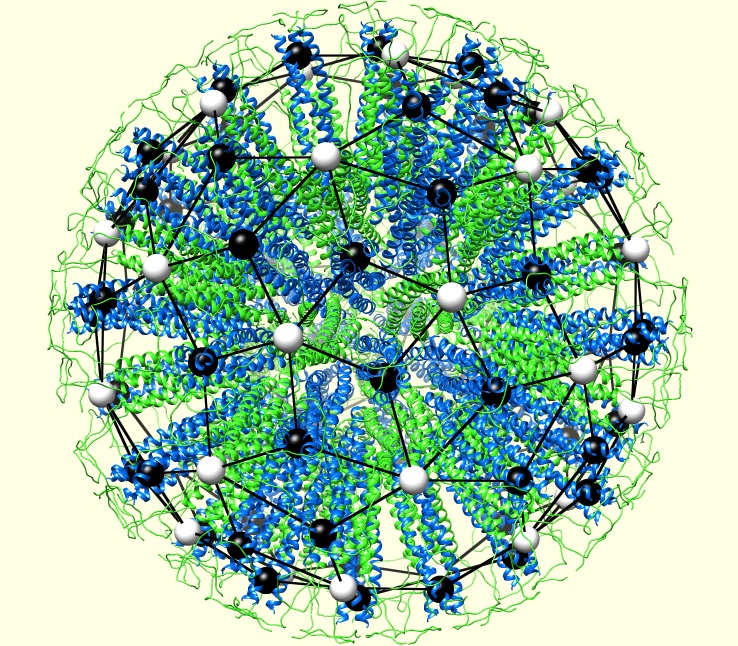 ition of the proteins was proposed by Caspar and Klug in the sixties
and is still the current paradigm in the description of capsids.
However, in the last decade scientists have started engineering many
different self-assembling protein nanoparticles. The possible applications
are manifold and innovative: from vectors for the delivery of genes or drugs
to synthetic vaccines. The fast development of this research field poses new
challenges for the structural analysis as, in general, synthetic nanoparticles do
not fit into the Caspar and Klug’s framework: an original approach is needed to
provide blueprints for the experimental determination of their structure.
We focus on a de novo class of proteins, referred to as self-assembling
protein nanoparticles (SAPNs). This is a family of nanoparticles that provide a
versatile platform for synthetic vaccines against a broad range of diseases,
including malaria, SARS, influenza and HIV.
These nanoparticles self assemble from multiple copies of a
polypeptide synthesized to have specific connectivity properties.
The polypeptides bind to each other following precise local assembly
rules forming groups of five or three polypeptides. To address the
problem of elucidating the resulting assembled global structure,
we use tools from graph theory. This approach unveils a hidden
relation with fullerene geometries and enables a full classification
of the high and low symmetry particles seen in experiments.
First and foremost, this allows to determine the relative distance
of the epitopes on the particle surface and tune the immunogenic effect of the vaccine.
|
14
ottobre
ore 12.00-14.00
Aula Consiglio |
Sabrina Sabatini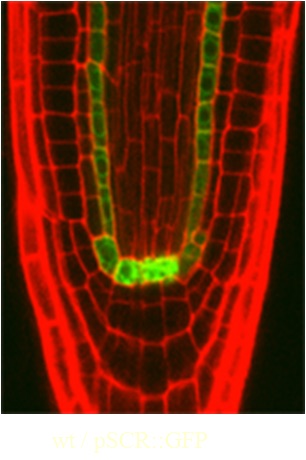
Plant and animal stem cells: similar yet
different
The
astonishingly long lives of plants and their regeneration capacity
depend on the activity of plant stem cells. As in animals, stem cells
reside in stem cell niches, which produce signals that regulate the
balance between self-renewal and the generation of daughter cells that
differentiate into new tissues. Plant stem cell niches are located
within the meristems, which are organized structures that are
responsible for most post-embryonic development. The continuous organ
production that is characteristic of plant growth requires a robust
regulatory network to keep the balance between pluripotent stem cells
and differentiating progeny. Components of this network have now been
elucidated and provide a unique opportunity for comparing strategies
that were developed in the animal and plant kingdoms, which underlie
the logic of stem cell behaviour.
|
27
maggio
ore 12.00-14.00
Aula Consiglio |
Elisa
Messina e
Roberto Natalini
Un modello matematico per le sfere
cellulari cardiache (Cardiosfere)
Le cardiosfere sono
state descritte per la prima volta da Messina et
al. nel 2004, e rappresentano una sorta di microtessuto, di nicchia
cellulare di progenitori cardiaci, che, in particolari condizioni di
coltura, si genera spontaneamente in vitro a partire da cellule
derivate da biopsia cardiaca. 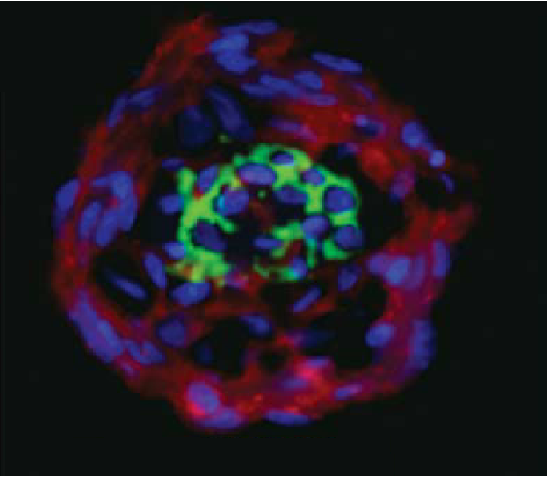
Negli ultimi anni la semplicitā di
questo metodo per l'isolamento di progenitori cellulari cardiaci e la
loro espansione ex vivo sotto forma di sfere cellulari, ha dimostrato
di essere una valida tecnologia per la terapia cellulare cardiaca,
aprendo nuove opportunitā per la rigenerazione del miocardio
danneggiato per patologie acute (ischemia-infarto) o croniche
(cardiomiopatie, insufficienza cardiaca di qualsiasi origine), anche
se ancora molto resta da fare per migliorare l'applicabilitā clinica. 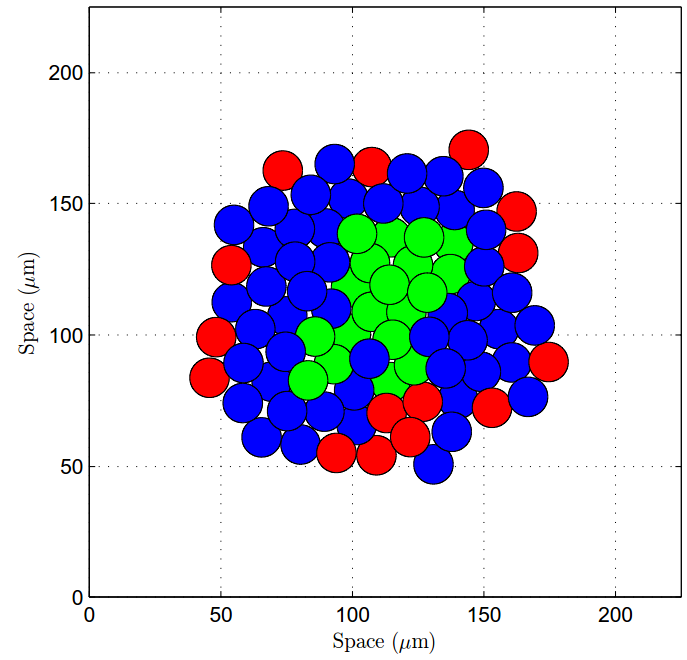 In questa conferenza a due voci, presenteremo
le basi biologiche e le
problematiche mediche relative alle cardiosfere e un primo modello
matematico di tipo ibrido, nato dalla collaborazione tra medici,
biotecnologi e matematici, costruito per descrivere alcune fasi del
loro sviluppo. In questo modello, le cellule sono trattate a livello
discreto, mentre la scala molecolare č descritta a livello continuo.
La proliferazione e differenziazione delle cellule č trattata con
processi stocastici guidati dai segnali chimici presenti. Spiegheremo
in dettaglio la costruzione del modello, partendo dai dati biologici,
e mostreremo alcune simulazioni numeriche, confrontandole con i
risultati delle esperienze di laboratorio.
|
22
aprile
ore 12.00-14.00
Aula Consiglio |
Antonio De
Simone
Unicellular swimmers: from mathematical
modelling to biology and robotics
Euglenids are
unicellular aquatic organisms capable of moving either by beating a
flagellum or by executing dramatic shape changes. These are
accomplished thanks to a complex structure underlying the plasma
membrane, made of interlocking proteinaceous strips, microtubules, and
motor proteins. We study the mechanisms by which the sliding of
pellicle strips leads to shape control and locomotion, by means of both
theory (through the mechanics of active surfaces and its coupling to
computational fluid dynamics for the surrounding fluid) and
experiments. 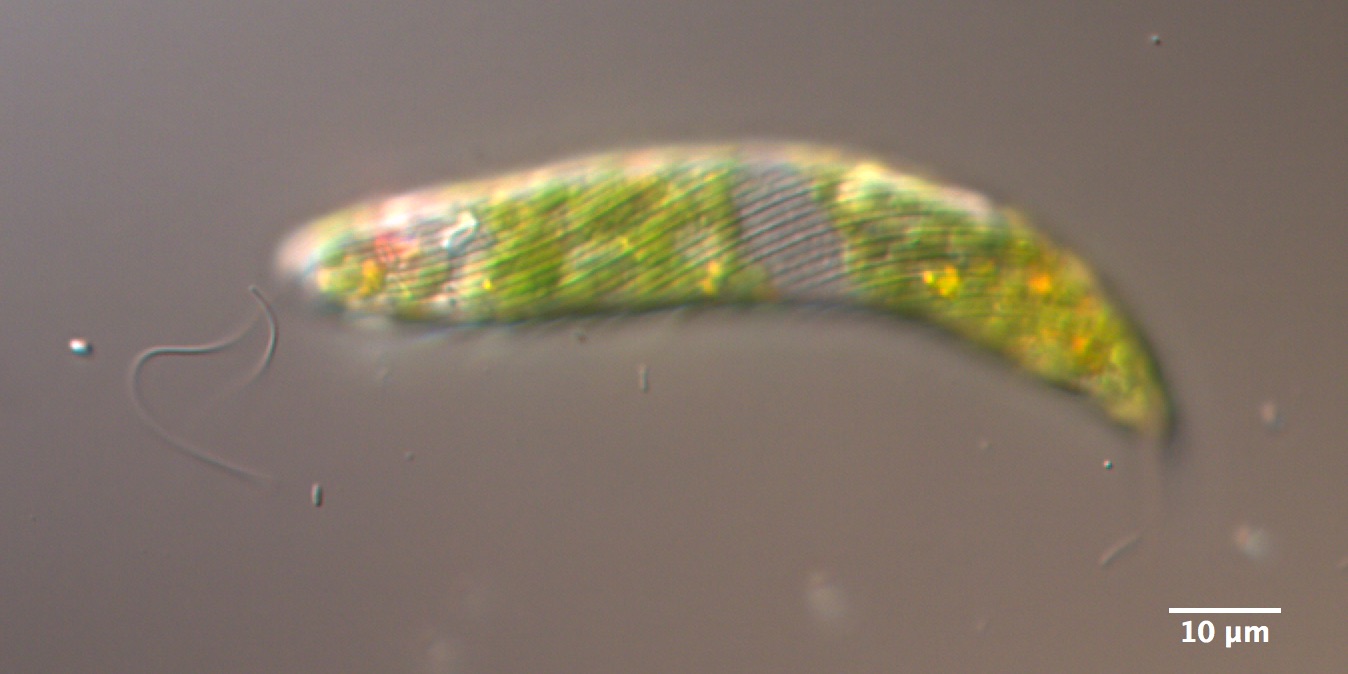 Moreover, we implement them
into a new concept of surfaces with programmable shape, obtained by
assembling 3d-printed strips in a construct mimicking the biological
template. We show that the subtle balance between constraints and
flexibility leads to a wide variety of shapes that can be obtained with
relatively simple controls. This suggests that euglenids exploit the
passive resistance of body parts to reduce the complexity of
controlling their shape.
|
18
marzo
CANCELLATO
|
Piero
Manfredi
HERPES ZOSTER (Exogenous boosting,
progressive immunity and the dilemma of mass varicella immunization)
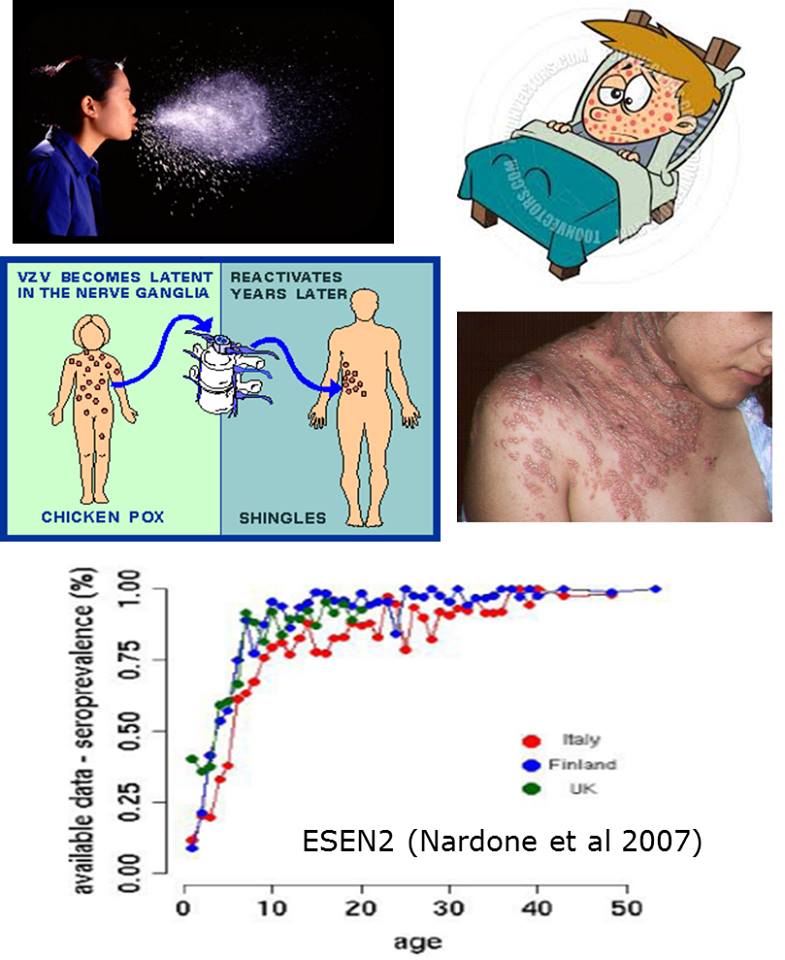
Herpes zoster (HZ) is a
painful disease caused by the reactivation of the varicella zoster
virus(VZV) as cell mediated immunity (CMI) goes down (e.g. with
ageing). Hope-Simpson formulated (1965) the “exogenous boosting”
hypothesis (EBH), according to which further infective exposures to VZV
may boost CMI, resulting in a protective effect against HZ. Inclusion
of the exogenous boosting hypothesis in VZV transmission models
predicts a large transient wave in natural HZ incidence following mass
varicella immunization. The fear of this HZ “boom” is a main
responsible of the current stall of varicella vaccination in Europe. In
this talk, I summarize recent results from a model incorporating a
further noteworthy Hope-Simpson’s hypothesis, stating that each VZV
reexposure increases CMI protection against HZ to levels higher than
those conferred by previous ones. The “progressive immunity” model fits
well available European HZ data, suggesting that the mechanism may be
critical in shaping HZ patterns. The model suggests counter-intuitive
implications of varicella immunization in relation to vaccine-related
HZ and the epidemiology of HZ after varicella elimination. I conclude
by discussing the challenges for future VZV research.
|
26
febbraio
ore 12.00-14.00
Aula Consiglio |
Anna
Tramontano
The ultimate mystery is ourselves: the
fascinating challenge of computational biology
The computational
analysis and interpretation of the wealth of biological data that is
being produced every day is a cogent problem in the life sciences. The
task can be mapped to an engineering project were we need to have the
parts list, understand their tolerance thresholds, find the assembly
instruction and, finally, simulate its behaviour.
Determining the identity and function of all of the sequence elements
in human DNA is a daunting challenge that can be approached with
various techniques, mainly based on statistics and evolutionary
considerations. The next challenge is to correlate variations in the
genes and the insurgence of diseases: the human variation data are
accumulating with unprecedented speed and they need to be interpreted
in order to open the road to their use in medical settings. The
assembly of the biological elements, for example, protein-protein
interactions are at the basis of most cellular processes and crucial
for many bio-technological applications. During the last few years the
development of high-throughput technologies has produced several
large-scale protein-interaction data sets for various organisms. It is
important to develop tools for dissecting their content and analyse the
information they contain using data-integration and computational
methods. Finally, one would like to simulate the behaviour of whole
cells or even whole organs. This area of research is still at its
infancy, but it is important to pursue its goals, even with limited and
incomplete data.
In our discussion, I will outline which are the main challenges in
pursuing the fascinating goal of understanding life at the molecular
level. 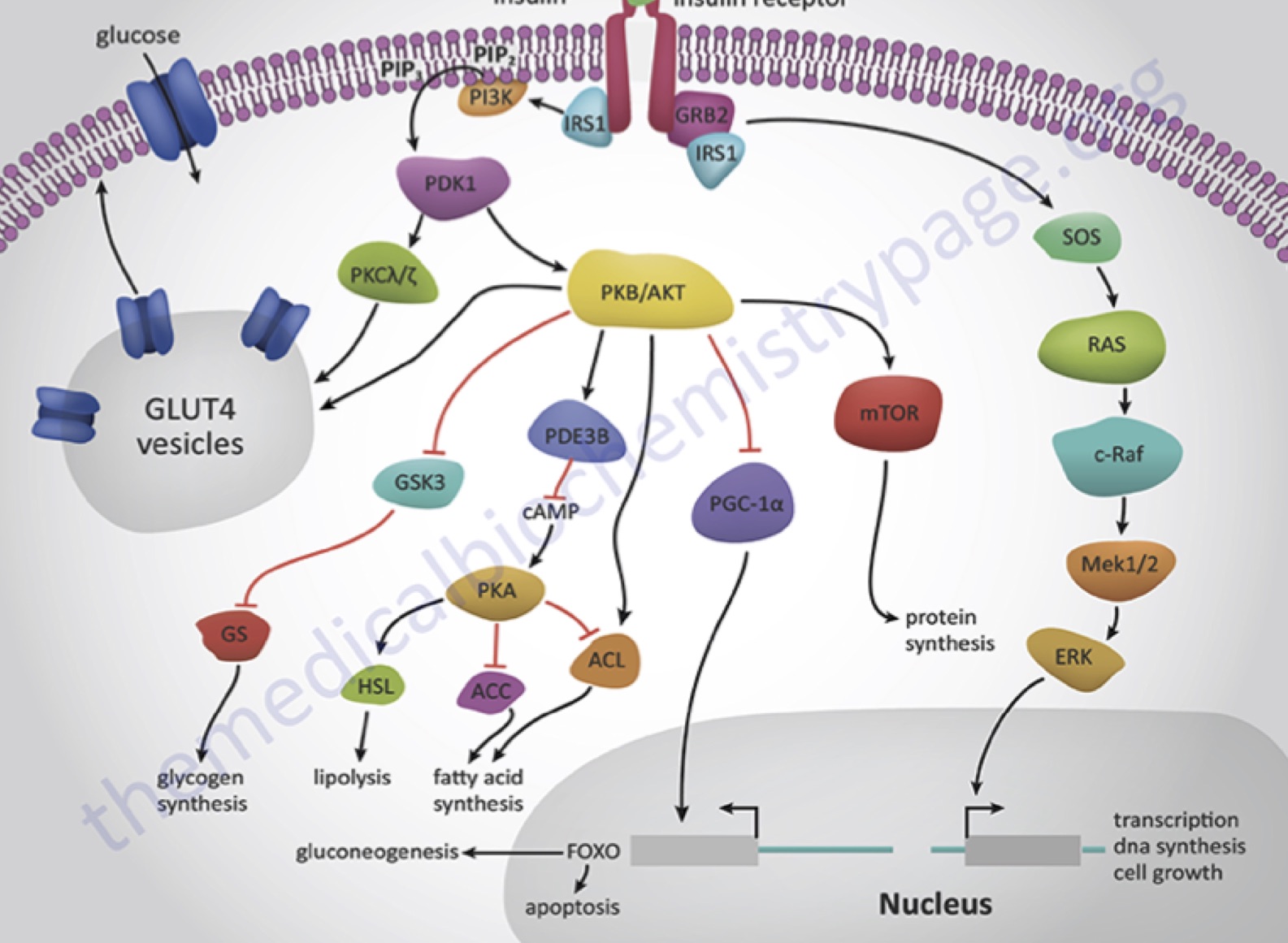 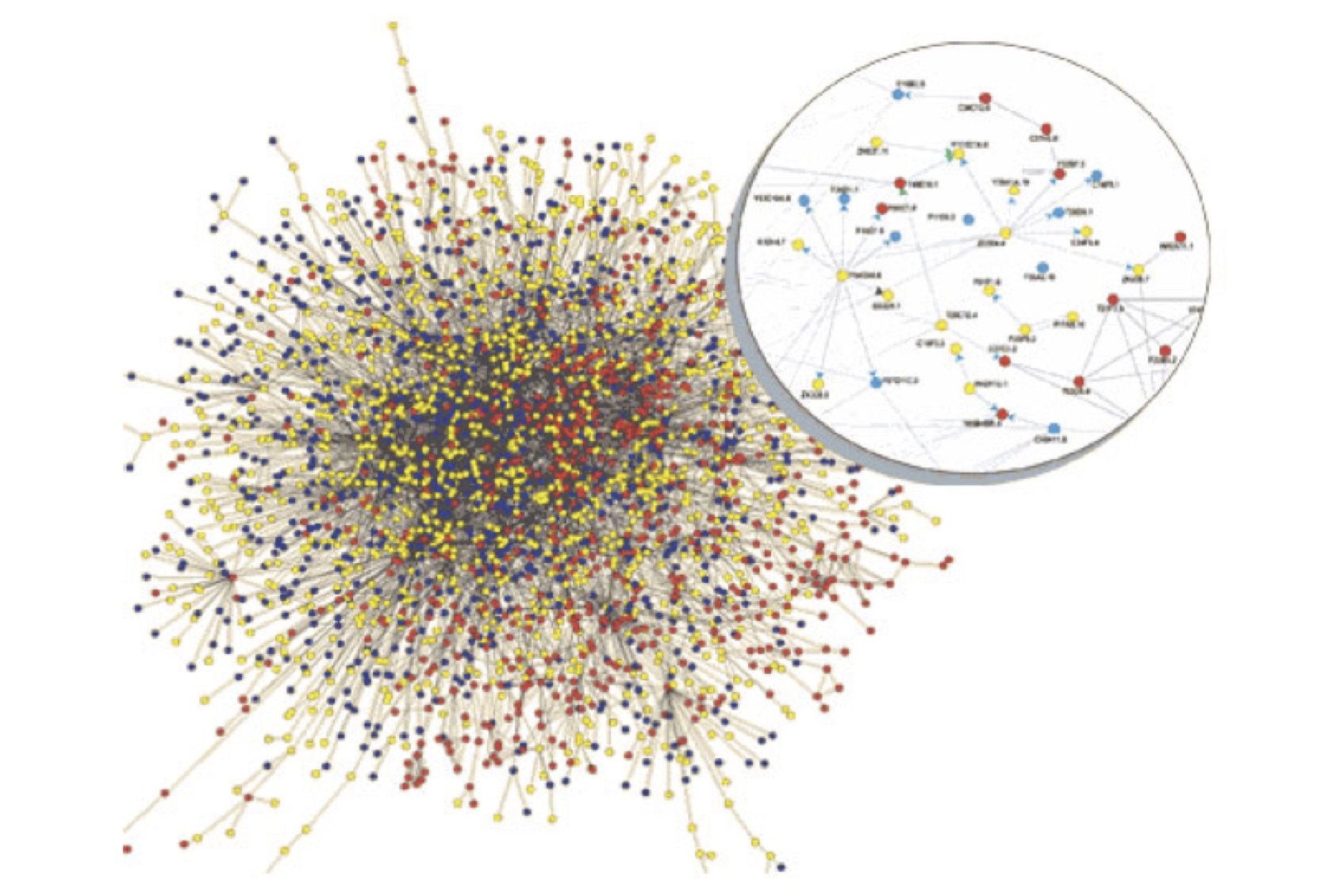
|
5
febbraio
ore 12.00-14.00
Aula Consiglio |
Mattia
Crespi
Make a seismograph with your GPS:
from the
academic idea to the industrial product
The Global
Positioning
System, shortened in the acronym GPS, is a quite familiar tool, more or
less secretly working into our car navigators and smartphones/tablets,
and continuously used together with a cartographic information in order
to find and move to places of our interest.
GPS and cartography, which are now pervading our life, give us the
opportunity to taste a discipline traditionally called Geodesy, as
ancient as the famous Alessandria Library, continuously renovated over
centuries and dramatically boosted again in the era of the artificial
satellites, and now being the noble root of a new discipline called
Geomatics. GPS plays a central role in science and technology too, and
now it can supply valuable information for civil protection against a
number of natural hazards, including tsunamis. In this respect, the
Positioning Group at the Geodesy and Geomatics Division faced a
scientific and technological challenge launched in 2007, in the frame
of a long scientific debate started after the great Sumatra-Andaman
Islands earthquake (December 26, 2004, Magnitude 9.1), and invented an
algorithm called VADASE, nationally and internationally patented by
Sapienza.
VADASE transforms GPS in a seismograph, contributing to evaluate, in
real-time and in 3D, the ground shaking style induced by an earthquake,
crucial to understand if a devastating tsunami can be generated.
Recently (September 2, 2015) VADASE became an industrial product, after
a long cooperation and a formal agreement between Sapienza and Leica
Geosystems AG, a Swiss company worldwide leader in Geomatics and GPS
manufacturing. The aim of the speech is just to recall VADASE story,
out of technicalities, and to draw future research and technology
transfer prospects.
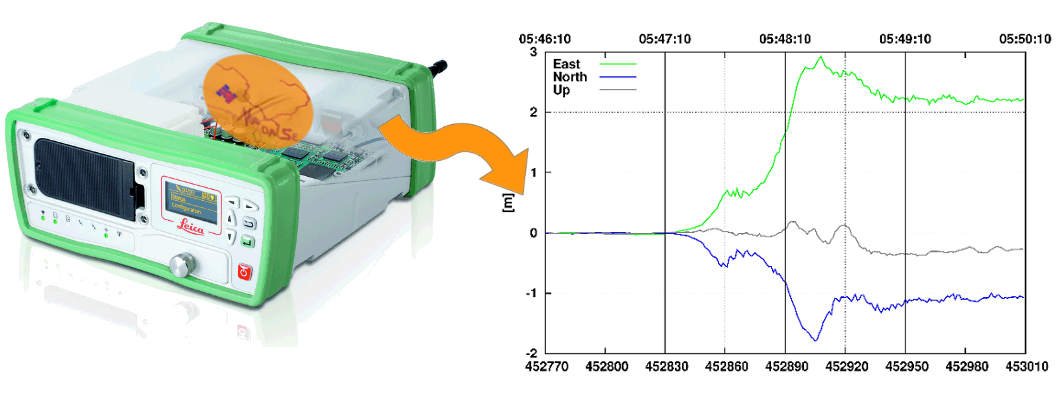
Are you curious about VADASE? Please browse www.vadase.eu
And about Geomatics? Take the benefit for a review on Geomatics of the
open access to Geodesy and Geomatics: the
cutting edge - Rendiconti
Lincei
|
|
|